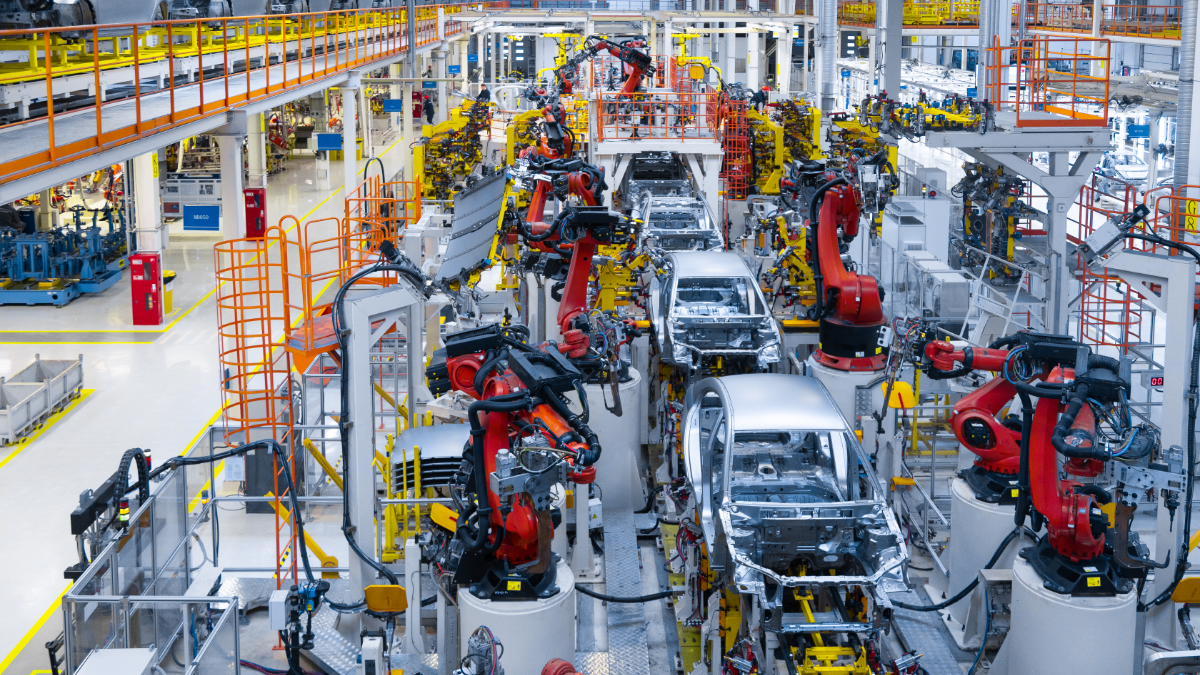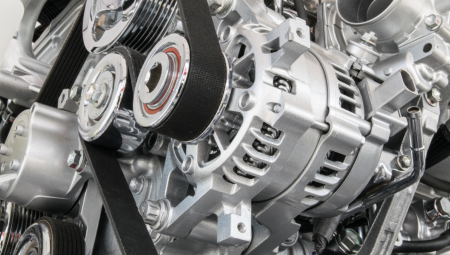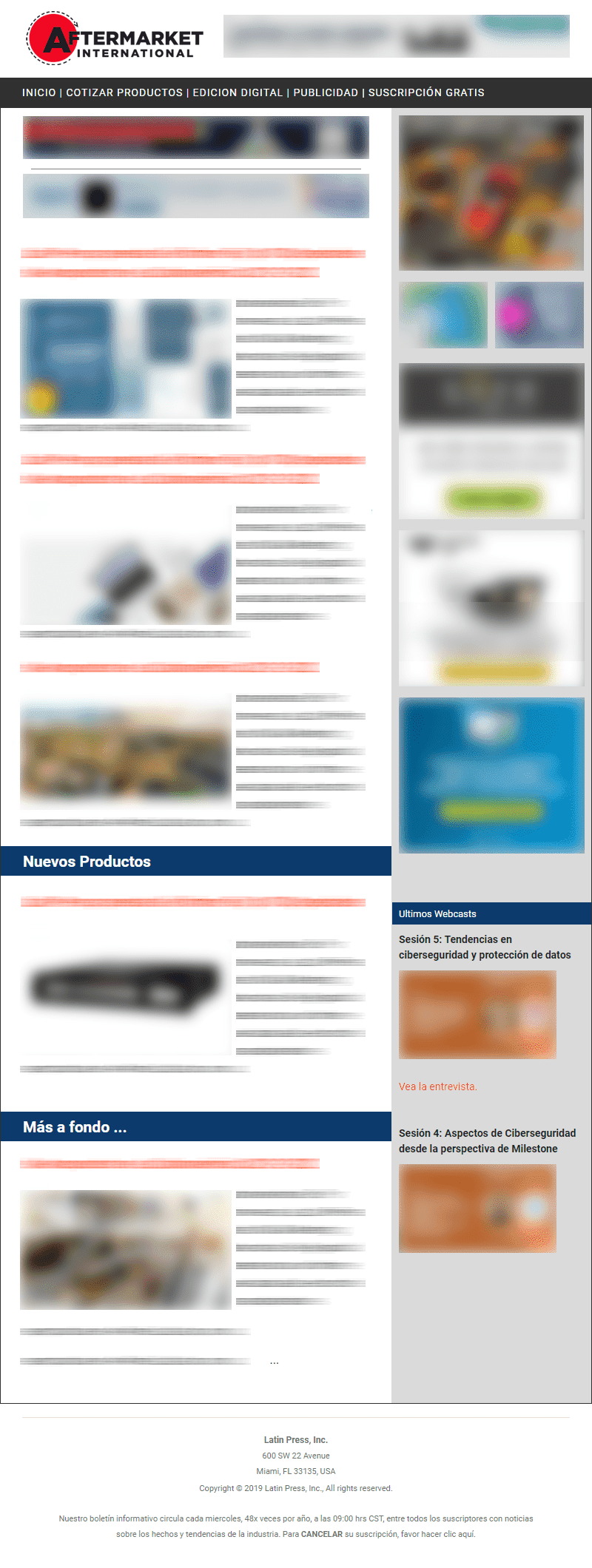United States. The MarketsandMarkets™ study projects that the size of the automotive industry will grow from 88 million units in 2024 to 104 million units by 2030, with a CAGR of 2.4%.
The growth of the automotive industry is influenced by several factors such as the adoption of electric vehicles, the development and manufacture of long-range batteries along with the installation of fast and ultra-fast charging points, the introduction of autonomous vehicles, the deployment of 5G connectivity, and trends related to shared mobility.
Countries such as China, Brazil, South Korea, and India have increased their investments in the development of the automotive industry due to the growth of the urban population and economy in these countries. Due to such investments, the demand from the automotive market will be higher during the projected period.
Moreover, increasing investor participation, technological advancements by original equipment manufacturers (OEMs), and government initiatives towards zero-emission transportation are expected to drive the market growth. This shift towards shared mobility and connected living is already experiencing global traction, especially in passenger vehicles, where autonomous driving is also gaining more and more acceptance.
The introduction of self-driving cars with enhanced safety features and a higher level of automation is changing the trends in the automotive market. Numerous OEMs are introducing Level 2 and Level 3 autonomous vehicles, including Nissan (Japan), Honda (Japan), Audi (Germany), BMW (Germany), and Mercedes-Benz (Germany).
OEMs such as BMW and Mercedes have received approval for Level 3 autonomous vehicles in Germany and the United States, respectively. BMW has also received approval to test its Level 3 vehicles in Shanghai, China. Sales of Tier 3 vehicles are expected to gain momentum in 2024 as these OEMs begin to launch their Tier 3 models. In addition to testing the cars on the roads, several tech giants and OEMs have adopted acquisition strategies to absorb smaller companies operating in the autonomous or driverless technology development space.
The Asia-Pacific region holds the largest share in PV and CV sales volume combined. The main factor in this is the intensive manufacturing and export of automobiles in China.
The Chinese market is the largest in the world in terms of vehicle sales and production. In 2023, the sales volume of passenger vehicles in China exceeded 25 million units, with a share of about 50% globally. China is the most dominant nation in the automotive industry in terms of raw material supply, manufacturing, and sales.
China has the most powerful supply chain for EV batteries. More than 50% of EV batteries are manufactured in China.
In addition, about 75% of EV battery components are made in China. These Chinese manufacturers are looking to expand their services and acquire a larger market share worldwide. The Asia region has seen growth in car production in 2022 and 2023. Continuing this trend, the Asia region will dominate the market during the projected period.















